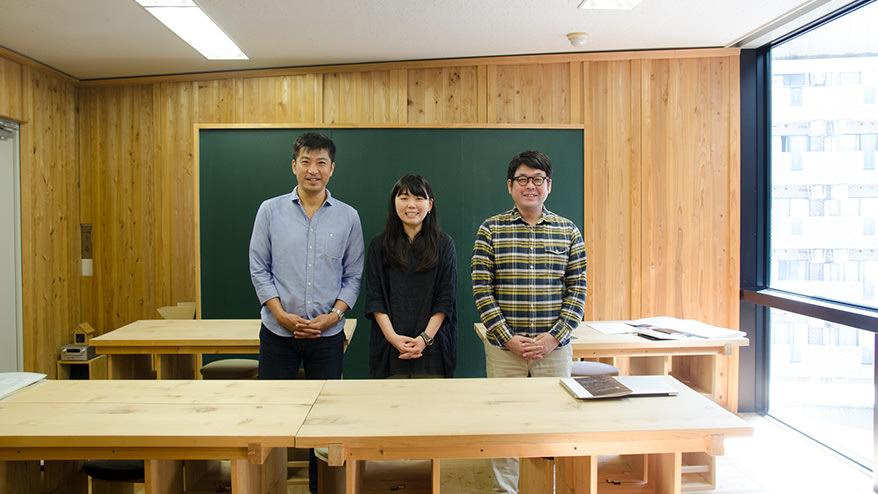こんにちは。セールス部の奥山です。
このコーナーでは、私たちセールス部員が「この会社こそは!」という他社様を、あたかも自社のように宣伝させていただきます!
連載 4 回目となる今回、登場いただくのは株式会社 budori 様です。忘れられないのは初めてお邪魔したとき、エレベーターを降りた瞬間に漂ってきた、爽やかな木の香り。匂いの源は、「 KINOへや 」でした。

オフィスビルの最上階に床や壁、棚やイス、すべてが木で作られた部屋がある驚き。お話を聞くと、そこは budori さんが手掛ける「東京の木を使ったプロダクトブランド KINO-Tokyo Tree Products 」の発信基地であり、会議室でもあり、レンタルスペースでもあるのだそうです。
コーポレートサイトをはじめ、制作されてきた作品にも魅力を感じていましたが、Web やグラフィックデザインを中心とした制作会社さんがなぜ、木材を使ったプロジェクトを手がけていらっしゃるのか。
俄然興味が湧くばかりの初めての打ち合わせの席では、月 1 回ペースで行われる社員全員参加のアイデアミーティングから、シニアだけの仕事情報サイト「キネヅカ」を新たな自社サービスとしてスタートさせるなんて話題だけでなく、小笠原諸島の母島に事業所をお持ちというエピソードも飛び出しました。
これはもう全部まとめて詳しく聞きたい!
budori さんの魅力をより多くの人たちに発信したい!
そんなふうに思い、KINO へやを再訪。
木の香りいっぱいの空間で、代表取締役社の有村正一さん、Web ディレクターの納谷陽平さん、デザイナーの坂元沙也可さんにお話をうかがいました。
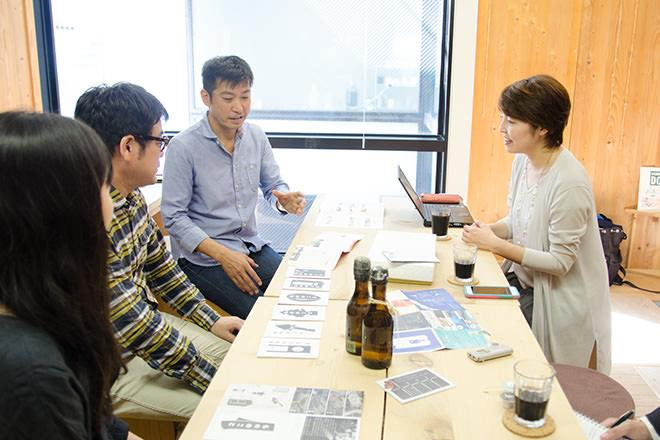
●インタビューに協力してくださった方々
-
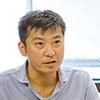
-
有村 正一さん
株式会社 budori の代表取締役。いろんなしごとを経て 2007 年に会社を設立。
たのしいしごとをつくりたい。そんな思いもあってか、いろんなところへ出向いて人に会うことが好き。
ちいさな悩み:紺や藍色を好むあまり手があおくなることと社名が宮沢賢治の作品に由来するため「岩手のご出身ですか?」と言われ続けること。(大阪出身)
-

-
納谷 陽平さん
Web ディレクター。新規立ち上げやリニューアルなどヒアリングから公開後の運用まで幅広く対応しています。
ユーザーも依頼者にも良い Web サイトが作れるように日々勉強中。趣味は昭和な喫茶店と銭湯めぐり。
あと映画と TBS ラジオが生きがい。
-
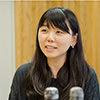
-
坂元 沙也可さん
2011年入社のデザイナー。印刷物とWebどちらも半々くらいの割合で担当。
甘すぎない甘いものと、古本と、散歩が好きです。
毎日の「思いつき」や「引っかかり」を記録するために、RHODIA のメモを持ち歩いています。
誰かのことを思って、
誰かのために作ることが仕事の原点。
床や壁のほか、棚やイスにいたるまで、すべて東京で育った木材(すぎ、ひのき、さわら、もみ)を使っているという KINO へや。そこには、スプーンやお箸を自分で作るキット「 KINO つくるキット」など、budori さんが企画した製品も展示されています。
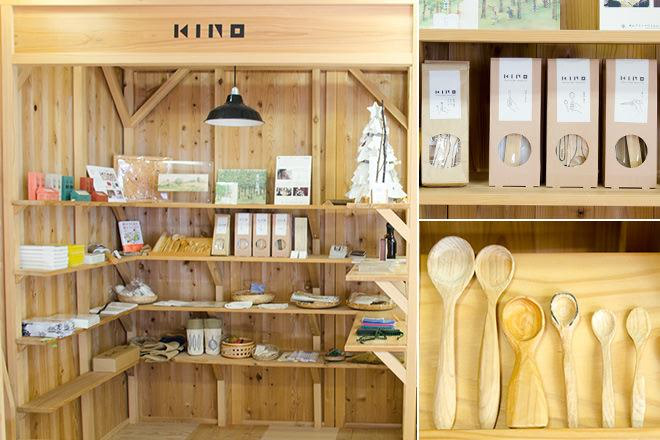
KINO へやに入ってすぐ右手にある展示スペース(左)。さじ・はし・バターナイフなどをつくるKINOつくるキット(右上)と、つくられたさじたち(右下)
まずはWebやグラフィックデザインを中心とした制作会社がなぜ、木材を使ったプロジェクトを手がけているのかについてうかがいました。
-
 有村さん
有村さん -
ひと言で言ってしまうと『ご縁』です。東北の震災復興支援をお手伝いするなかで、あきる野市にある林業協同組合の理事長さんと知り合い、『東京の山の現状をご存知ですか?』とお声掛けしていただいたんですね。
そこで、多摩地域の森林の約 6 割が人工林であることを知りました。それは戦後の経済成長に伴う大規模な住宅用建材の需要にこたえるため、私たちの祖父母、曾祖父母の世代が植えた大量のスギとヒノキです。
人の手で造られた山は、人が手をかけなければ維持することができません。ところが、外国産材のほうが安く手に入るということで国産材の需要は低下し、伐っても売れないため、放置されているのです。
人の手が入らなくなった山はバランスを崩し、
現在では花粉症問題もあり、伐採がすすめられ、木材は用途もないまま積み上げられています。
林業協同組合からの相談は、『この問題を多くの人に知ってもらいたい』『伐採した木材を有効利用する方法を探りたい』というものでした。

有村 正一さん(代表取締役)
budori さんの社名の由来は宮沢賢治の「グスコーブドリの伝記」のブドリから。有村社長によると「ブドリは不遇な環境でも前を向き、懸命に学び、仕事を得てさらに成長し、世のためにつくした人物」だそうです。その精神が budori さんの「一緒に考え、共につくる。」という理念につながっていると感じます。とはいえ、森林の問題への相談に向き合い、取り組むことはそうたやすい決断ではないように思えます。
-
 有村さん
有村さん -
それは自分の過去の経験と紐付いていて、後でお話する納谷の『キネヅカ』のアイデアにしても引っかかるポイントはみんな持っていると思うんですよね。
木のことについては、私は前職の仕事で海外の木材を輸入してしまったことへの反省があります。日本の材ではコストがあわず、中国、ドイツなどから何フィートものコンテナに積んで持ってきた結果、日本の木がこうやって余っている。もちろん、すべての問題を我々 budori で解決するというのは難しいですが、全員の持っている知恵、経験を使って変えられることがあるなら、取り組んでいきたいな、と。
-
 坂元さん
坂元さん -
ですから、『 KINO つくるキット』を売ることで大きな儲けを出そうという話では、ないんです。森が今、どういう現状かを伝える1つのツールで、製品のパッケージには、東京の山の問題を伝える情報が入っています。
冊子を作るのは、本来の私たちの得意な分野です。でも、ご相談の内容を実現するには、冊子だけでは足りません。そこで、実際に自分の手を動かし、木に触れ、作ることをセットにしてはどうかとご提案しました。
最初は作るのが楽しいから入っていって、そこから東京の森の現状を知ってもらう。KINO へやも同じです。オフィスビルの上に黒板のある木の部屋があって、学校っぽくておもしろい。来てくださった方が、話題にしてくださるだけで、つながりは広がっていきますよね。今日もこうやって奥山さんが取材に来てくださいましたし(笑)。

-
 納谷さん
納谷さん -
普段は貸しスペースとしても使っていただいていて、メディアからの取材、撮影や「会社の会議を別の場所でやりたい」と気分転換に利用される企業さんも多いんですよ。
-
 有村さん
有村さん -
結果的に『 KINO つくるキット』には、私たち budori がテーマとしている思いを重ねることができました。
それは、人のために何かを作る、ということ。ちょっと説教じみたことになっちゃいますけど、自分のために DIY をする、自分のために時間を費やすのではなく、誰かのことを思って、誰かのために作ることが仕事の原点じゃないかなと考えているんです。
『KINO つくるキット』も、一番好きな人のことを思い浮かべて作ってもらうと、おばあちゃんの口や子どもの口はどんな大きさで、どんな形だったかなと想像し始めて、作っている自分も温かい気持ちになってくるんですよね。
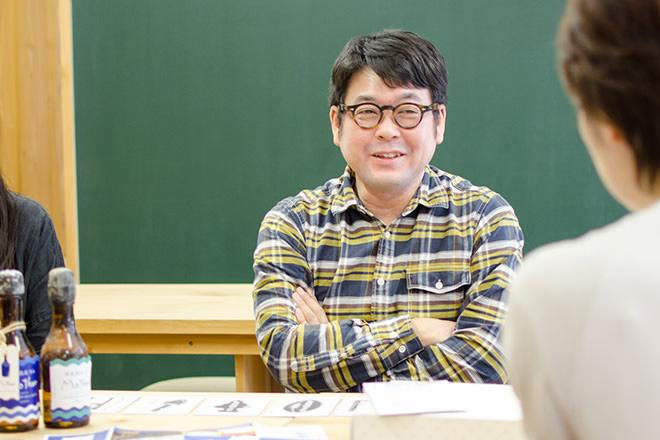
納谷 陽平さん(Web ディレクター)
じっくり話して、自分ごとにする。
この時間を大切にしていきたい。
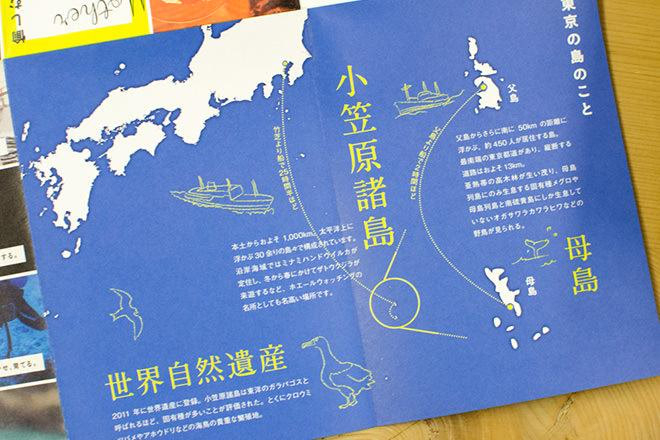
ブランディングからサイトや冊子のデザインまで手がける、小笠原にある海底熟成ラム Mother のパンフレット一部
小笠原諸島の母島。飛行場はなく、フェリーの直行便もありません。東京から訪れる場合は 1 泊 2 日 28 時間の船旅。それも父島経由です。
そんな場所に budori さんは事業所を構えています。徳島県神山町にサテライトオフィスを構えるモノサスとしては、やはり気になります。
-
 有村さん
有村さん -
小笠原もまたひょんなご縁からでした(笑)。『 KINO 』の事業を進めるうち、今度は『東京の別場所にも木の問題があるのを知っている?』と母島を紹介され、一度、行ってみることにしたんです。
-
 坂元さん
坂元さん -
外来種のアカギという木が増えすぎ、手がつけられなくなっているというお話でした。手入れをして生態系を戻すということで、伐採が進んでいたんですが、木材の使いみちが見つからない。そこで……という相談だったんですが。
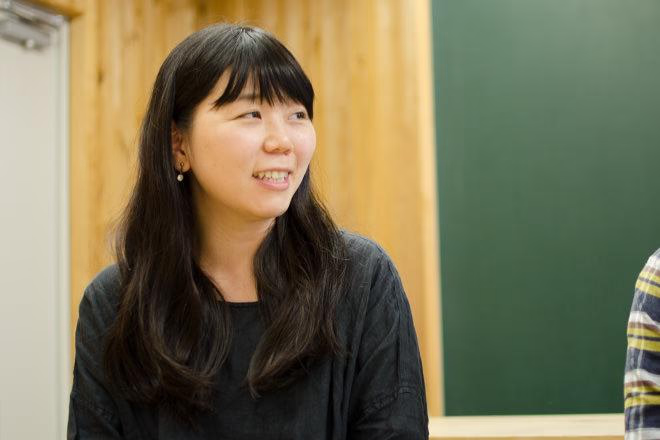
坂元 沙也可さん(デザイナー)
-
 有村さん
有村さん -
初めて訪れたのが、3 年前。その間に紆余曲折あり、現在ところ、小笠原産ラム酒のプロジェクトをお手伝いすることに落ち着いたという。
島にあるラム酒工場自体は、竹下首相時代のふるさと創生 1 億円で作られたもの。ただ、そういう始まり方なので設備を新しくする資金もなく、徐々に衰退し、作り手の方が 1 人でがんばっている状態でした。それを見逃してはおけないという観光協会の人たちとダイバーの方が、ラムを海底で熟成してはどうか、しずめる体験も楽しめたらいいのでは、という話をしていた。たまたま島を訪れていて、『プロモーションをお手伝いしょうましょうか』という話に。
-
 坂元さん
坂元さん -
観光協会と協力して、ロゴやボトルラベルのデザイン、冊子の作成、サイトの構築など、ブランディング全般を行っています。このボトルは仮のものなんですけどね」( KINO へやにあったラムのボトルを手に)
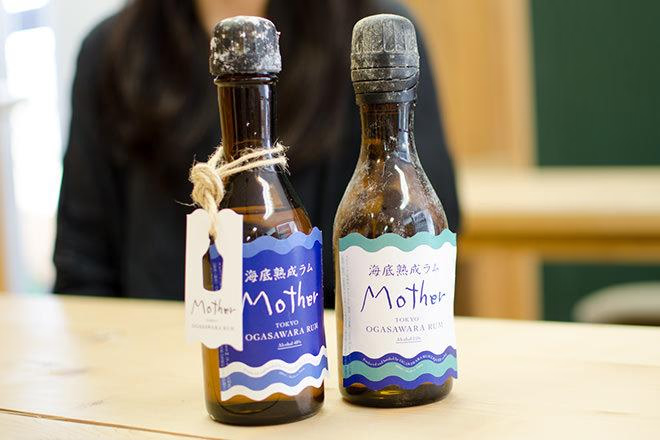
海底熟成ラム Mother のボトル(試作品)
-
 納谷さん
納谷さん -
汚れているようにみえるのは、海底に沈めて熟成するからなんですよね。元々、小笠原諸島ではサトウキビ作りが行われていて、ラムも名物だったそうなんです。
-
 坂元さん
坂元さん -
ただ、サトウキビ栽培は廃れてしまい、現在は沖縄産を仕入れてラムを作っている状態。ゆくゆくはサトウキビの栽培を再開して、100 % 小笠原産を復活させられたらいいねという話も。
-
 有村さん
有村さん -
事業所はペンションの一室をお借りしている形です。母島の方に聞くと、『手伝ってあげたい』と言ってくれる人や会社はあっても、実際、島まで来ることはほとんどないそうです。
でも、僕は 年数回、社員も全員一度は母島に行っています。その過程で『母島に住所を置いて取り組んで欲しい』『その方がこの後の仕事も相談しやすい』という話になっていったわけです。
-
 納谷さん
納谷さん -
現地に出張となると、最短の旅程でも5日間。行き帰りの船内ではネットも使えません。時差はないですけど。台風が来る季節だと、船が出ないこともありますし。一度、社長が帰りの船が出ないとなって、何日か帰ってこられなかったことありましたよね?
-
 有村さん
有村さん -
3 日かかったね。
-
 納谷さん
納谷さん -
でも、やっぱり現地に行くほうがいいです。東京にずっといて仕事をしていると、『これでいいだろう!』という思い込みが生じるんですけど、現地に行くと覆されるというか。良い面も悪い面も見ることができ、デザインだけでブランディングしていくのは難しいってことを感じられます。
-
 有村さん
有村さん -
ラムのプレゼンテーションをしたときも、プロジェクトに消極的な人もいるわけです。本来、そういうのは制作の現場に落としたくない情報なんですよね。
-
 坂元さん
坂元さん -
どんな人たちがどんな思いでかかわっていて、どんなテンションでいるのか。現地に行って、それを知れたのはすごくプラスでした。船酔い、つらかったですけど(笑)。
-
 有村さん
有村さん -
こう言ってくれるように、うちのみんなは我慢強くて、応えようとしてくれたのは助かりました。実際、納谷が言ったようにデザインはきれいなだけじゃダメだと思っています。
大事なのは、みんなが自分ごとにすること。デザインする人、起案する人、言葉を考える人。全員が相談されたことを自分ごとにして欲しい。他人ごとのまま、きれいな言葉、きれいなデザインでパッと形にして、プレゼンテーションしても伝わらないし、依頼してくれた側のためにもならない。
まずは現地に行って、クライアントとじっくり話して、自分ごとにする。この時間を大切にしていきたいと思っています。
事実、そのワンクッションを挟むことで、みんなが本気になってくれて、スイッチが入ると眼の色が変わりますから。僕はそれをうまく利用しているって言われそうですけど(笑)。でも、どうせ、1回きりの人生だったら、仕事を自分ごとにして、やりたいってボタンを押しながら取り組んでもらいたいなって。僕は自身、それを一番強く感じています。
どこに相談したらいいのかわからない。
そんなとき頼ってもらえることに喜びを感じる。
「 budori なら相談に乗ってくれるかもしれない」
budori さんの仕事への取り組みを見ていると、そんな信頼感が口コミとなって、紹介が途切れずに続いている様子が伝わってきました。なぜ、紹介が途切れないのか。ご本人たちはどう受け止めていらっしゃるのか、うかがいました。
-
 坂元さん
坂元さん -
ご一緒したお客様にある程度、やりやすいと思ってもらえた、というところなのかなと推察するのですが……。具体的にこうだからと言ってもらったことあったかな?
-
 納谷さん
納谷さん -
Web がいいのか、紙がいいのか、デザインの方向性は……といったことを意識せず、そもそも誰に頼んでもいいかわからない。そんな状態のクライアントさんと、最初から話しながらやっていくパターンはけっこうあります。
そういうところから一緒に考え、丁寧に作っていくことで、その方々が他の人を紹介してくださるのかもしれません。もちろん、この時間、この予算で、きれいなものを作ってよ、という案件もありますが、個人的にはどこに相談したらいいのかわからなくなっているクライアントさんと一緒にやることに喜びを感じます。
また、そういう仕事をしていると、また別のそういう人がいたとき、『 budori なら』と思い浮かんでくださるのかな、とも思います。
-
 坂元さん
坂元さん -
一緒に考えること、ともに作ることは、budori の理念でもあるので。 Web の相談でも話を聞くうちに、紙に振ることもあるし、逆もあります。紙での相談だったものを Web に振ることもあります。
-
 有村さん
有村さん -
この『いろは』もそんなケースです(北海道のユメピリカをブランディングした商品のサンプルを持ってくる)。
北海道でゆめぴりか専門店のECを運営している方が、赤ちゃん用のお米を紹介する冊子を制作したいという相談が、紹介で舞い込みました。お会いしてお話をしているうちに、当初は別の名称だったブランド名や、デザイン、プロモーションまで、こちらにお任せいただけることになりました。
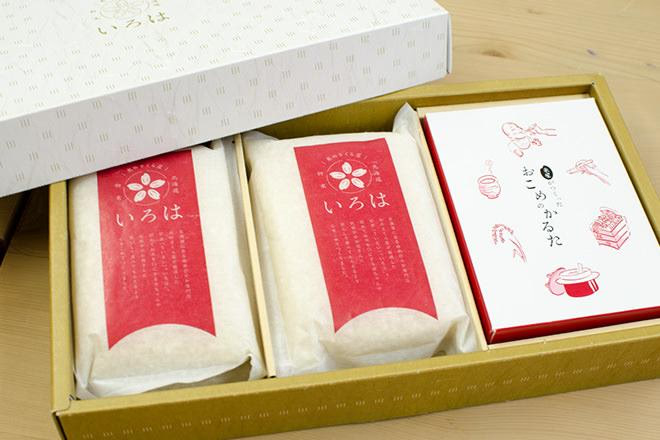
赤ちゃんがはじめて食べる離乳食のよい初米「いろは」のギフトセット。budori さんがブランディングやからデザインまで担当

ギフトセットに同封された「おこめのかるた」。デザイン、イラストはもちろん、食育の内容が書かれたかるたの文章まで手がけた
-
 坂元さん
坂元さん -
食育かるた付きで、ハーフバースデー向けのギフトボックスになっています。
-
 納谷さん
納谷さん -
『いろは』のように紹介で始まる場合、ときには予算のない方が相談にいらっしゃることもあります。
-
 坂元さん
坂元さん -
そういうときは、国や自治体の助成金などをうまく使っていく方法をご提案することもあります。こういう制度があるのでうまく活用されてはどうですか? と。社長が制度の活用方法をフォローし、お客様に予算を確保していただき、スケジュールを立てていくケースも増えています。
ものづくりのお手伝いだけでなく、ビジネスの仕組みづくりまでも相談に乗ってくれるという budori さん。多くのクライアントに頼られる存在となる一方で、自社発信のサービスにも力を入れています。
-
 有村さん
有村さん -
やはり請負の仕事が増えれば増えるほど、それを自分ごとにしようといいながらも、無理は出てきます。そこで、自分たちから発信していくサービスを立てていきたいと、月に1回ペースで事業検討会を開くようにしています。そこからスタートしたサービスが『キネヅカ』で、発案者は納谷です。
-
 納谷さん
納谷さん -
2 年前くらいの検討会で全員が自分のやりたい仕事を出してみようと、付箋に書き出し、壁に貼り出したんですね。これだ!というものがあればやってみよう、と。そのとき、僕が出したのが『キネヅカ』でした。
今、僕は30代の後半に入って、恥ずかしい話それまでとてものほほんと過ごしていました。もちろん、働いてはいましたけど、独身で自分のためにお金と時間を使っていて、言わば学生の延長のような生活です。
それが結婚して、親は定年退職。将来どうなるんだろう? ということが急に現実味を帯びてきて、いろんな社会問題が自分ごとになってきたんですね。特に気になったのが、仕事のことで。労働力不足が叫ばれる一方で、僕の両親と同じシニア世代には仕事を求めている人がたくさんいる。自分の親のため、自分の将来のためにも、何かやらなきゃいけない。このちぐはぐを解消できないかなと思ったのがキッカケでした。
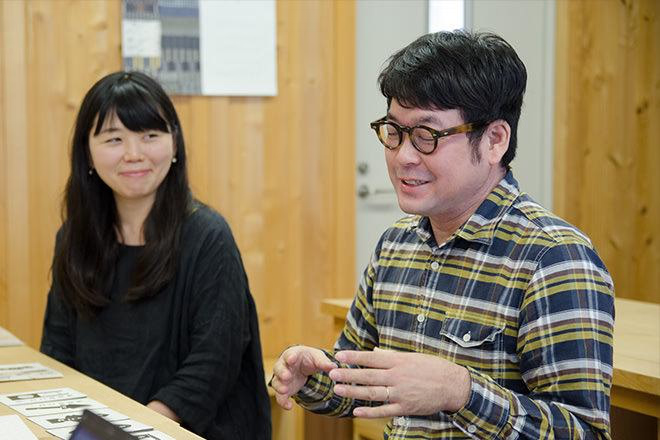
-
 有村さん
有村さん -
人間、生きている以上、どれだけ活かされるかがテーマになっていて、余生を余生じゃなくしたい。余った命を生きるとか、邪魔者扱いされたくない。その辺りの考えがみんなに響いて、少しでも変わっていったらステキだねって。
-
 納谷さん
納谷さん -
その後、僕がリーダーとなって、オープンへ向けて現在準備を進めています。
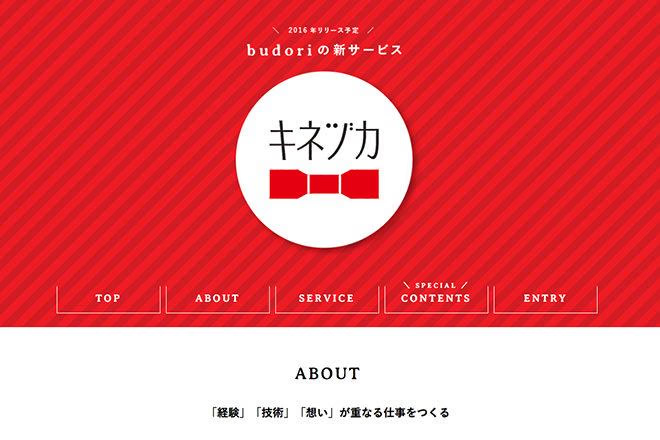
「キネヅカ」のサイト http://kinezuka.jp/
-
 有村さん
有村さん -
今日のお話全体に共通していて、大事にしているのは『仕事を作ること』です。働くことは人生のうち、40 年ほど。その間に誰かの夢をお手伝いし、世の中の課題を解決し、自らもブドリのように強くなりたいと考えています。
そして、その仕事を通じて、お客様のところにも、私たちのところにも、経験や技術が蓄えられ、お互いが自立していき、また別の形でともに作ることができたら最高だなと思っています。
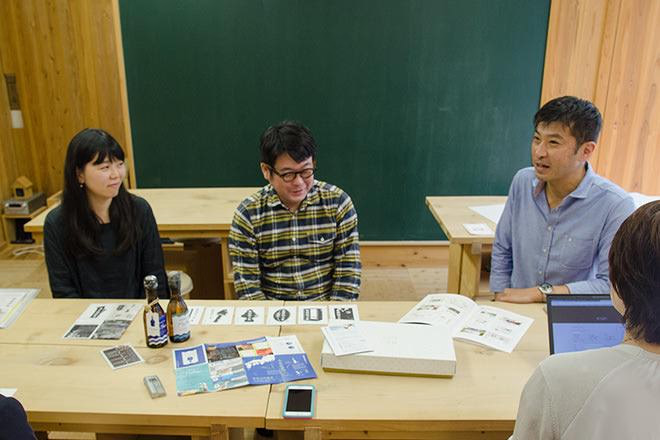
奥山秀野の「ココが売りたい!」
budori さんって、こんなところがすごいんです!
- お客様の相談を「自分ごと」に変えて考えてくれる共感力
- 「一緒に考え、共につくる。」を実践する提案力
- 仕組みまでサポートしてくれる実行力
取材を通して、budori さんのメンバー全員に「自分ごとにする」というポイントが浸透していて、1つの方向に向かって動いていることが強く伝わってきました。
だからこそ、1 回でも budori さんのメンバーにお会いした方、何かしらお仕事をされた方は、「また何か困ったことがあったら、納谷さんに相談してみよう」「こんなぼんやりとした希望でも、坂元さんならステキな形に仕上げてくださるんじゃないか」「有村さんなら、予算の悩みも解消してくれるんじゃないか」といった気持ちになるのではないでしょうか。
今回の記事を読んでくださった方、budori 様の制作されたサイトをご覧になった方が、一度、『 KINO へや』を訪れてみたいなと思ってくださったら、うれしいです。
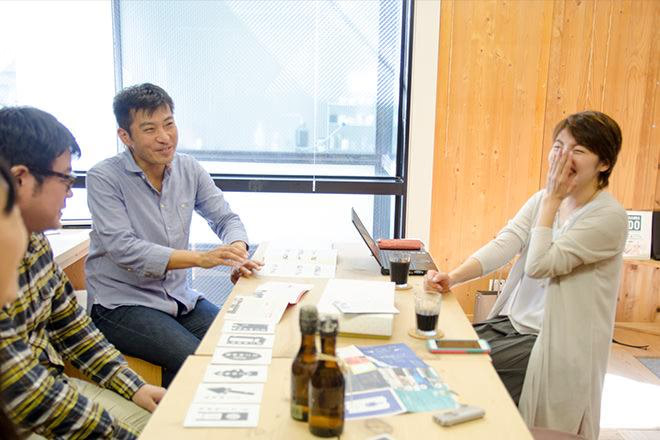
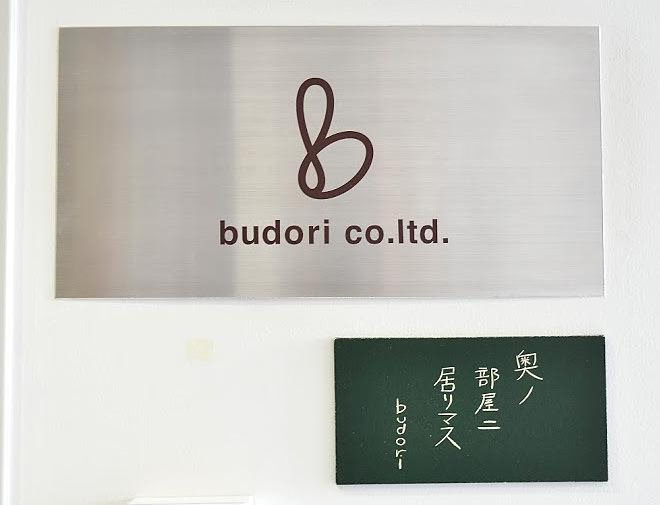
株式会社budori(ブドリ)
本社所在地
〒101-0032 東京都千代田区岩本町2-11-9 イトーピア橋本ビル8F
小笠原 母島事業所
〒100-2211 東京都小笠原村母島字元地
お問い合わせ窓口
tel:03-5809-3057(代表)/ fax:03-5809-3058 / mail:info@budori.co.jp
Webサイト
http://www.budori.co.jp
